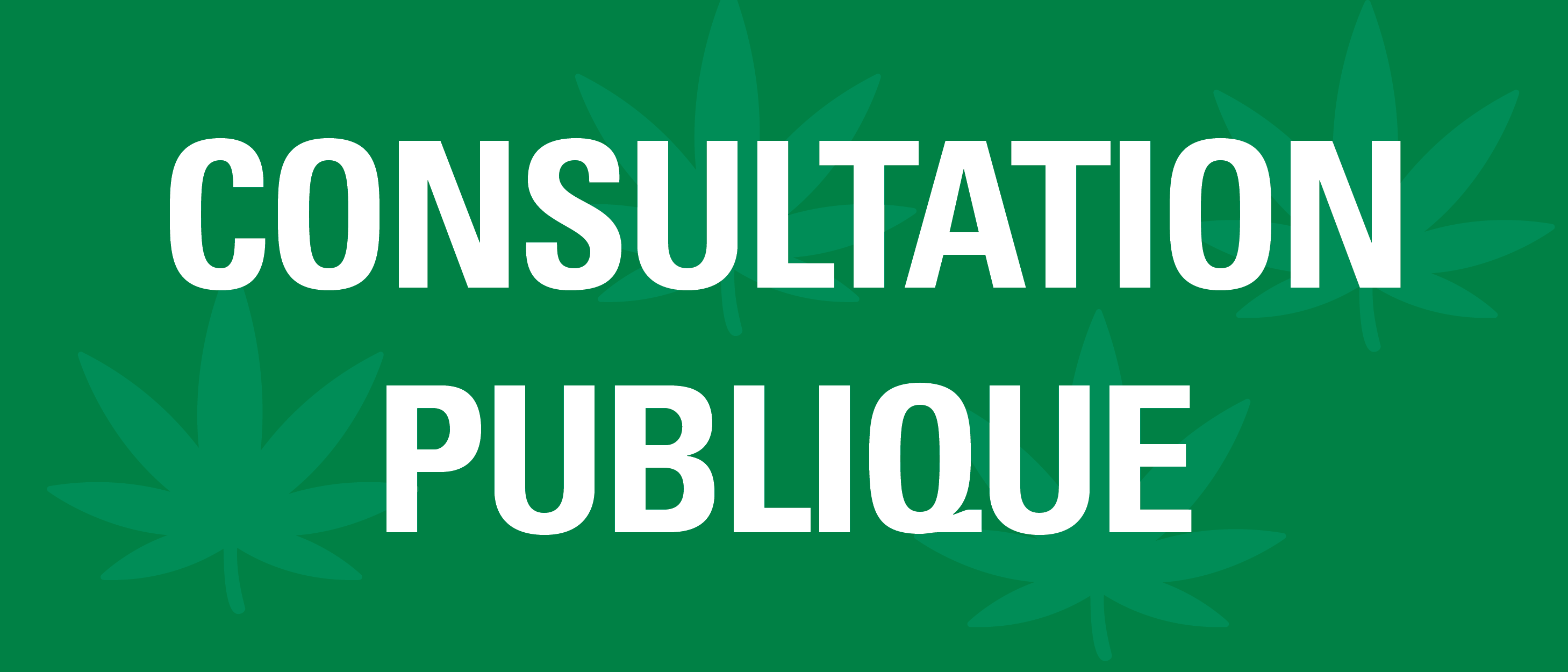Home

Director
Message from Director
Welcome to the Michael G. DeGroote National Pain Centre. One of the National Pain Centre’s primary functions is to develop, update and disseminate clinical practice guidelines for pain management in collaboration with patient partners, clinical experts and methodologists.
Latest News

Admissions open until April 14, 2024 ➚
Upcoming information sessions for those considering a Masters of Biomedical Innovation

Le sondage terminera le 29 février ➚
Consultation Publique - Cannabis à des fins médicales et pour la douleur chronique - Recommendations du'n guide de pratique clinique fondé sur des donnés probantes
Announcements




